Hello,
Now that we’re post-equinox, the days are more dark than light, and I’m feeling that in my bones. The light in my house is muddy, and the air feels stale. Where there is sunlight, it’s low and direct, serving only to highlight the dirt on my windows and the fur of dust on my furniture. It’s strange how a change in the season can leave everything feeling unclean. It’s as though the bright summer light bleaches everything.
In the mornings, I get up before sunrise and walk around the murky house lighting a minimal number of lamps. At dawn, I turn them off again. I have a hatred of light bulbs. I dislike their yellowness, the way they make the whole house look tawdry. I will only switch on the ceiling lights as a last resort, which is a routine source of marital conflict in our house. H, who is utterly unbothered by the ugly wash of a pendant light, will simply flick the light switch when he walks into a room. I will follow him, turning it off. He finds it mystifying that I prefer gloom to light. I accuse him of wanting to live in a supermarket.
Despite the problems, I look forward to the light in the dark half of the year. I find summer light too penetrating, spring light too dreary. This is a season of delicious contrasts, of cold blue skies, of glowing light against black mornings. My time spent in the cold North - in Sweden, Norway and Iceland - have been formative for me. Those societies know how to paint with light in winter months, not only using light to see, but instead to create a cosy barrier against the harsh outdoors.
Lighting winter is an art and a daily practice, an act of survival and a gesture of love. Here are 10 ideas for fighting the gloom in the dark half of the year.
Notice dawn and dusk
At this time of year, it’s easy to feel like the dark has snuck up on you, the day suddenly gone. One way to combat this is to notice the transition points in the day - the time when it gets light, and the time when it gets dark. This might mean taking a few moments to look out of the window around sunrise and sunset (most weather apps will tell you the exact times), or it might mean spending a little longer, when you have the time, standing outside while the light changes. This is partly to help your body to understand what season you’re in, but it’s also a lovely, meditative practice to connect with the rhythms of the day at this specific moment in the year.
Get outdoors in daylight every day
Light is precious, and we can’t take it for granted. Even when days are short, try to spend some time outside every single day, even if this just means stepping outside your front door, or opening a window. If you can, hold walking meetings outdoors rather than in stuffy boardrooms, eat lunch outside, and try to exercise outdoors too. Drink in the thin light that’s being offered, rather than cursing the darkness.
Don’t try to replicate summer
When you’re lighting your home, it’s easy to think that the more light, the better. But artificial light will always feel ersatz, no matter how bright. Lamplight is your friend. Work with the nature of the light at this time of year, creating cosy pools of illumination in dark corners, rather than trying to eradicate darkness altogether. Spend some time thinking about the course of natural light at this time of year - when does it enter your house, and in what room? I have a good friend who moves around her furniture each winter, so that she can make the most of the short hours of natural light. This is probably extreme, but you could move a chair into a patch of afternoon sun.
Make candlelight ordinary
Whenever I’ve travelled to Scandinavia, I’ve noticed that candles are used in a very distinct way. They are not treated as special or romantic, but as an everyday accessory, part of the ordinary workings of the home. In particular, candles are lit early, burning through grey mornings and dull afternoons. They do not seem to be there to illuminate anything, but instead to offer warmth and contrast to the blue winter light. It’s changed the way I use candles in my house, and I commend this to you all.
Look for colour
There’s a clue in all the hedgerows at the moment: bright red berries speckle every branch, seeming to emit their own light. Winter is no time for tasteful restraint. Bring splashes of colour into your home, warm reds and yellows - and don’t wait until Christmas to bring in foliage. Here in Kent, it’s traditional to bring in hops at this time of year, and plenty of mantelpieces are currently garlanded with fresh, green hop-bines. Brightness is a good substitute for sunlight.
Revel in apricity
Apricity - meaning the warmth of the winter sun - is a wonder in itself, and not a poor substitute for ‘true’ sunbathing. On sunny winter days, I seek out direct sunlight, something I’d never do in summer. The winter sun is gentle and sparkling, capable of warming your cheeks even if the rest of you is encased in a coat, scarf and hat. One of my favourite things to do on a blue sky winter day is to sit in my car and feel the warmth of the sun through the windscreen, closing my eyes to enjoy the golden glow through my lids. Just don’t forget your sunscreen.
Moonlight is light too
In high summer it’s hard to ever catch the full light of the moon, as the sky darkens so late. In winter, the moon feels like a constant companion, shining through late afternoons and into the long, velvety nights. The cold months are a wonderful time to get to know the moon, and to really appreciate the extraordinary brightness she offers. You can check the phases on an app if you like, or just put on your coat and step outside. And when the moon is absent, those crisp, inky nights offer the best stars of the year.
Light the outside
For the past couple of years, I’ve put up my Christmas lights early, making my front garden twinkle from November. I don’t take them down until Candlemas in February. This is because: well, why not? I’ve given up worrying whether it’s tacky. It makes the dark evenings feel friendlier and delights passing children. That’s all I need to know.
Let your behaviour change
For those of us who live far from the equator, the year is in constant flux. It’s only in the past century or so that we’ve been able to live exactly the same life regardless of the season. And yet, despite all our efforts with heating systems and light bulbs, we still feel the pull of winter on our minds and bodies. Winter light invites us to sleep differently, to rest more, to retreat, reflect and contemplate. This cyclical way of life helps us to find balance across the course of the year. We cause ourselves real pain when we resist it.
Take SAD seriously
For some, the lack of winter light will cause serious mental and physical difficulties, and if that’s you, don’t dismiss or diminish it. Winter doesn’t have to be a season of suffering. Some of the ideas above might help, but there are also a range of other therapies available - talk to your doctor. There’s an excellent guide here from UK mental-health charity Mind. Even if you don’t feel that your suffering is severe, consider taking steps to stay happy and well during winter - for example, because I live in a northern climate, I take a daily Vitamin D supplement in autumn and winter as recommended by the NHS.
For a deeper guide to the process and practice of winter, take a look at my book Wintering.
I wish you all a glowing autumn, and a sparkling winter. Let me know in the comments how you use light in the darker months.
Take care,
Katherine
Coming up at The Clearing
Events for paid subscribers
October’s Creative Questions
11 October, 7pm UK
I’ll be chosing two of your questions to answer on Crowdcast - join us live, or watch the playback later. Look out for details in the Chat.
True Stories Book Club
17 October, 7pm UK
October’s book club will feature Kaitlin Curtice talking about her book, Living Resistance - there’s a reading guide here. Do join us live if you can, and log-on details will be sent via Chat.
On 9th November we will welcome Camille T. Dungy to talk about her book, Soil. Put the date in your diary; details to follow.
If you think a friend or loved one would enjoy The Clearing by Katherine May, gift subscriptions are available here | Website | Buy: Enchantment UK /US | Buy: Wintering UK / US | Buy: The Electricity of Every Living Thing UK / US





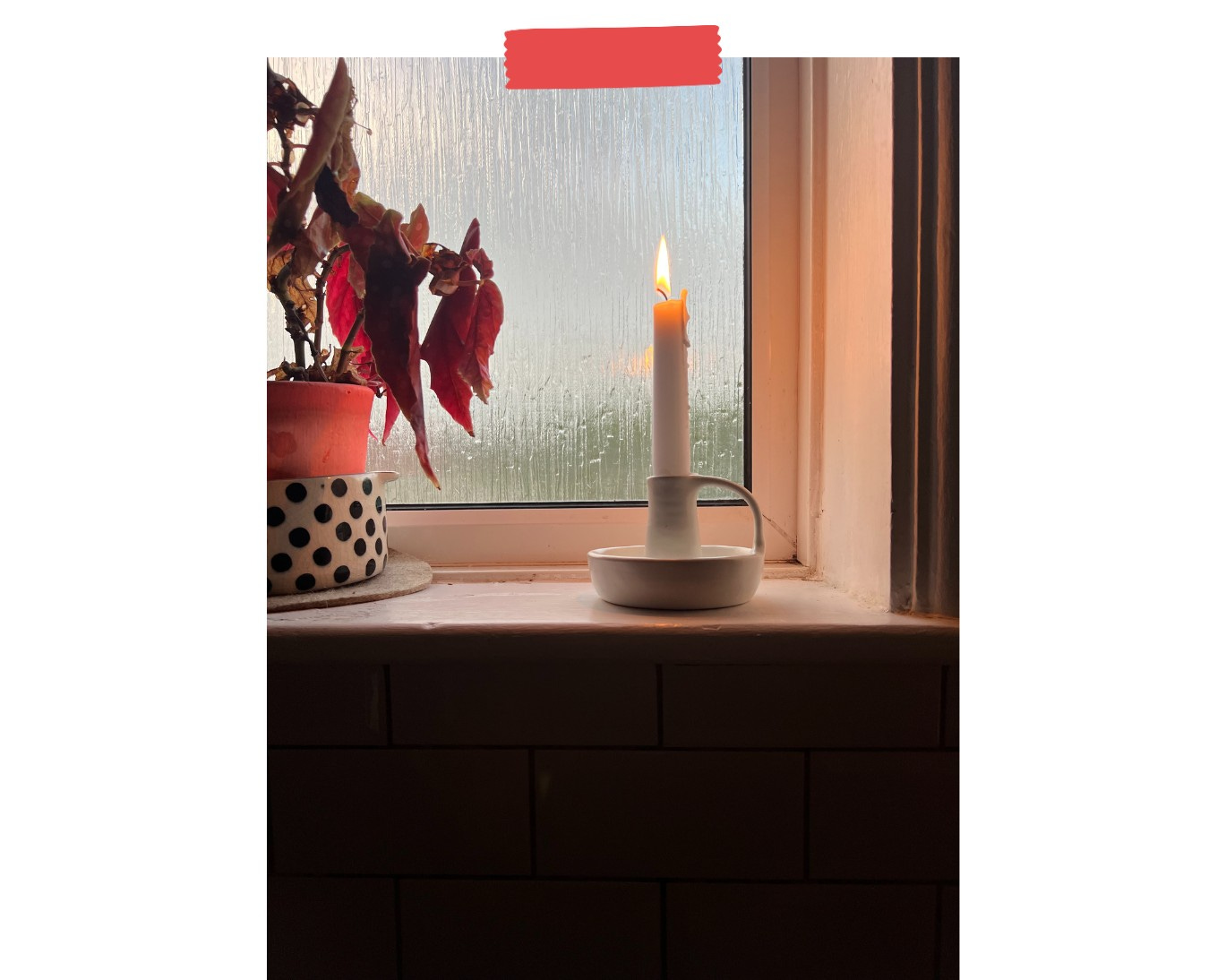
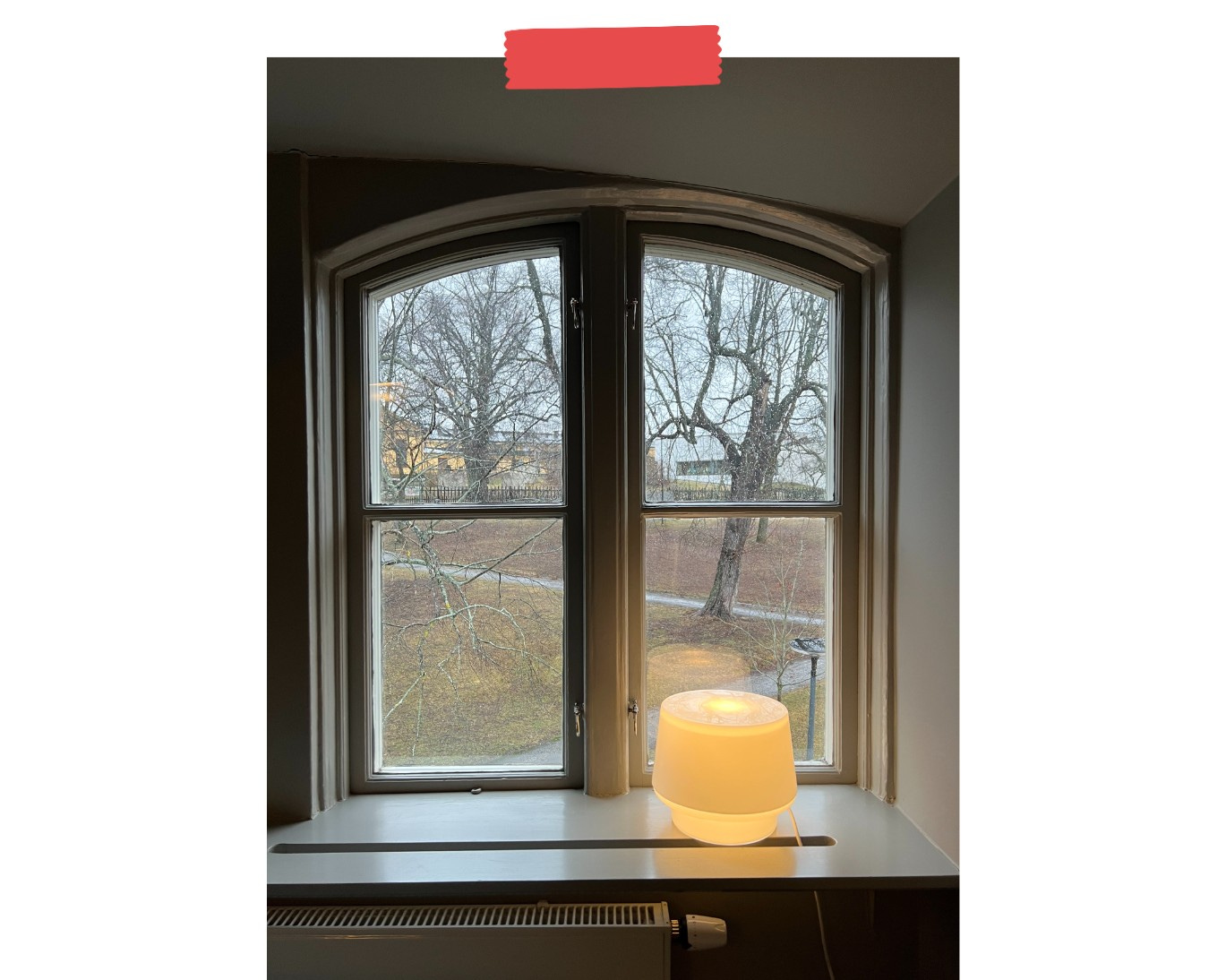
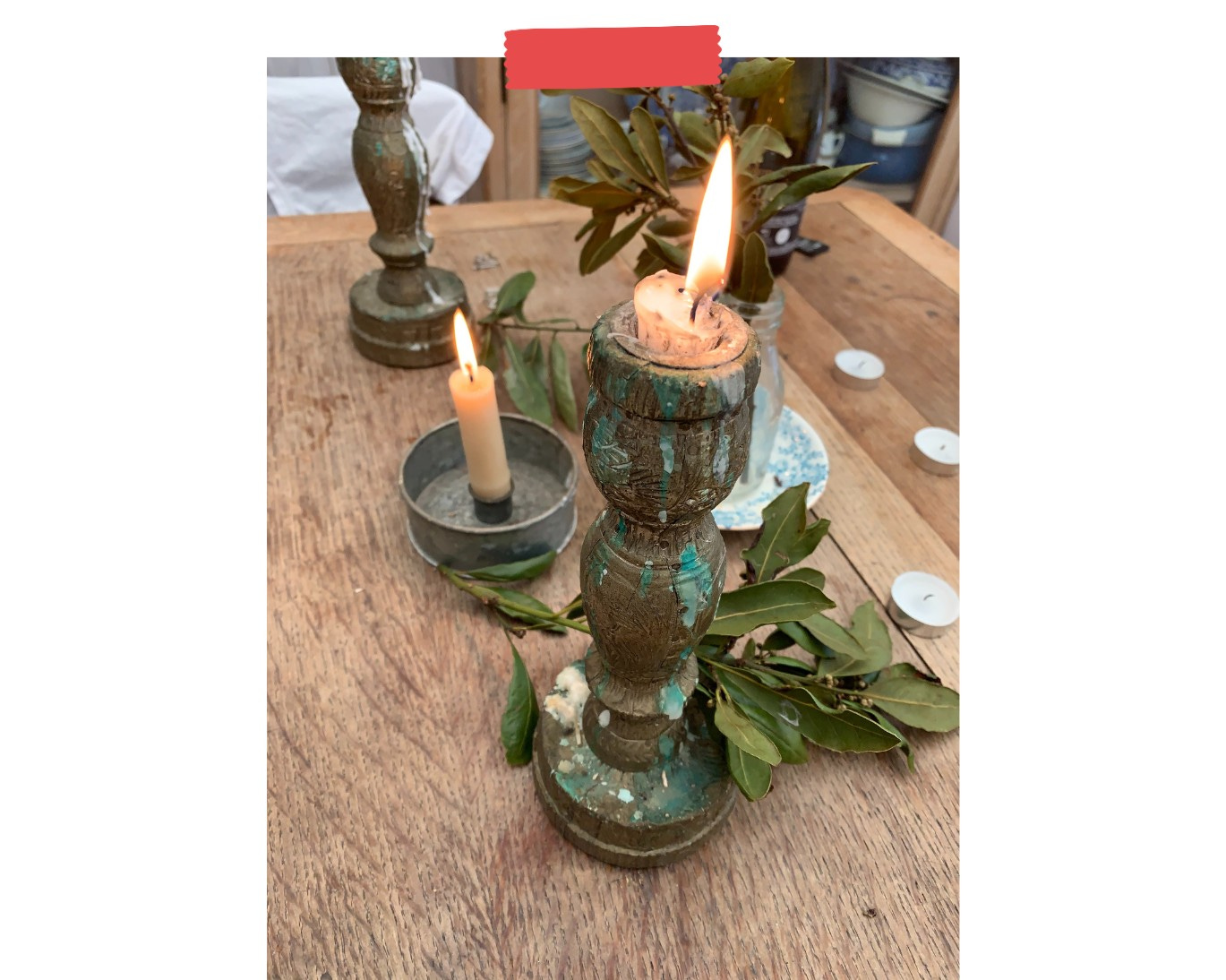
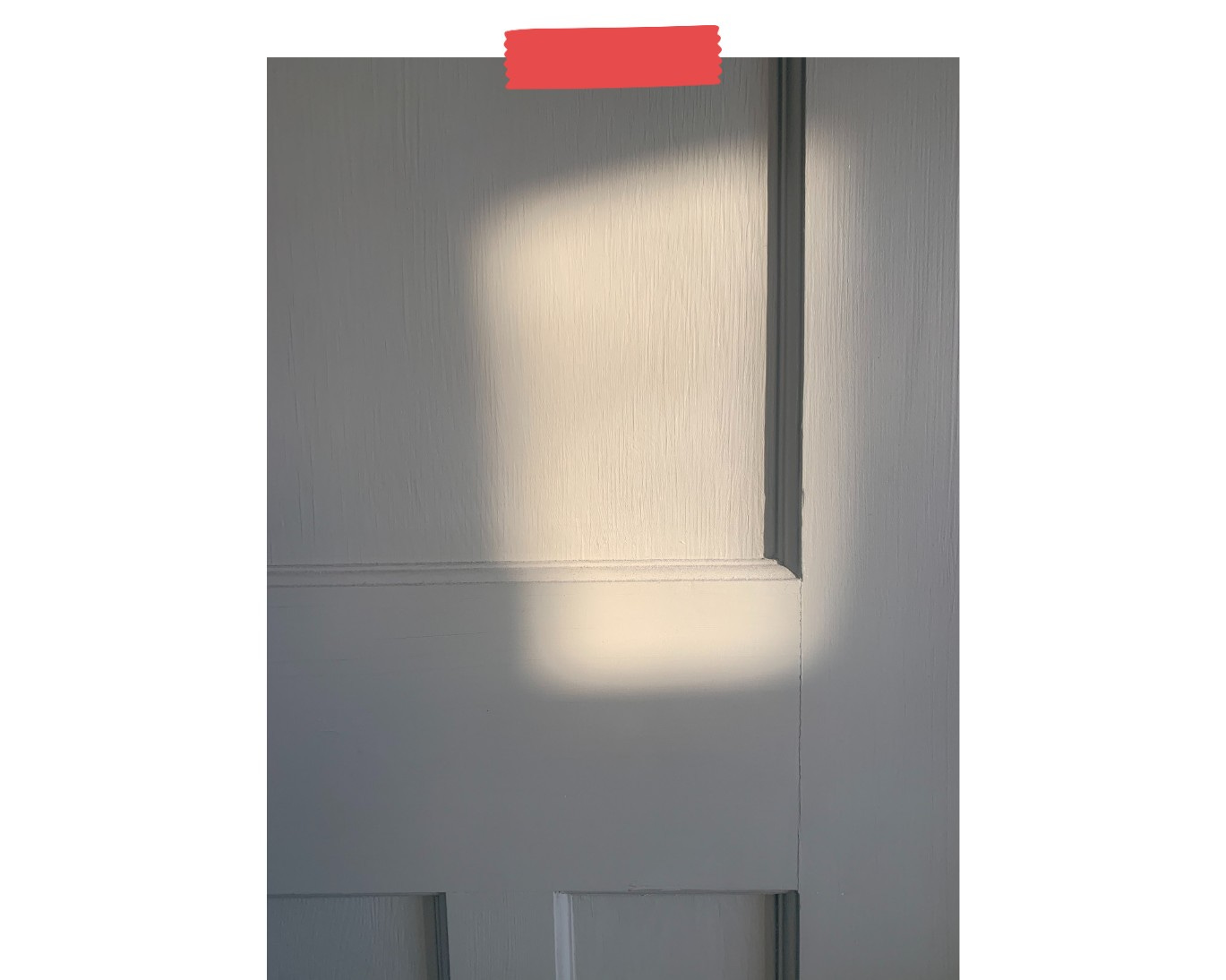
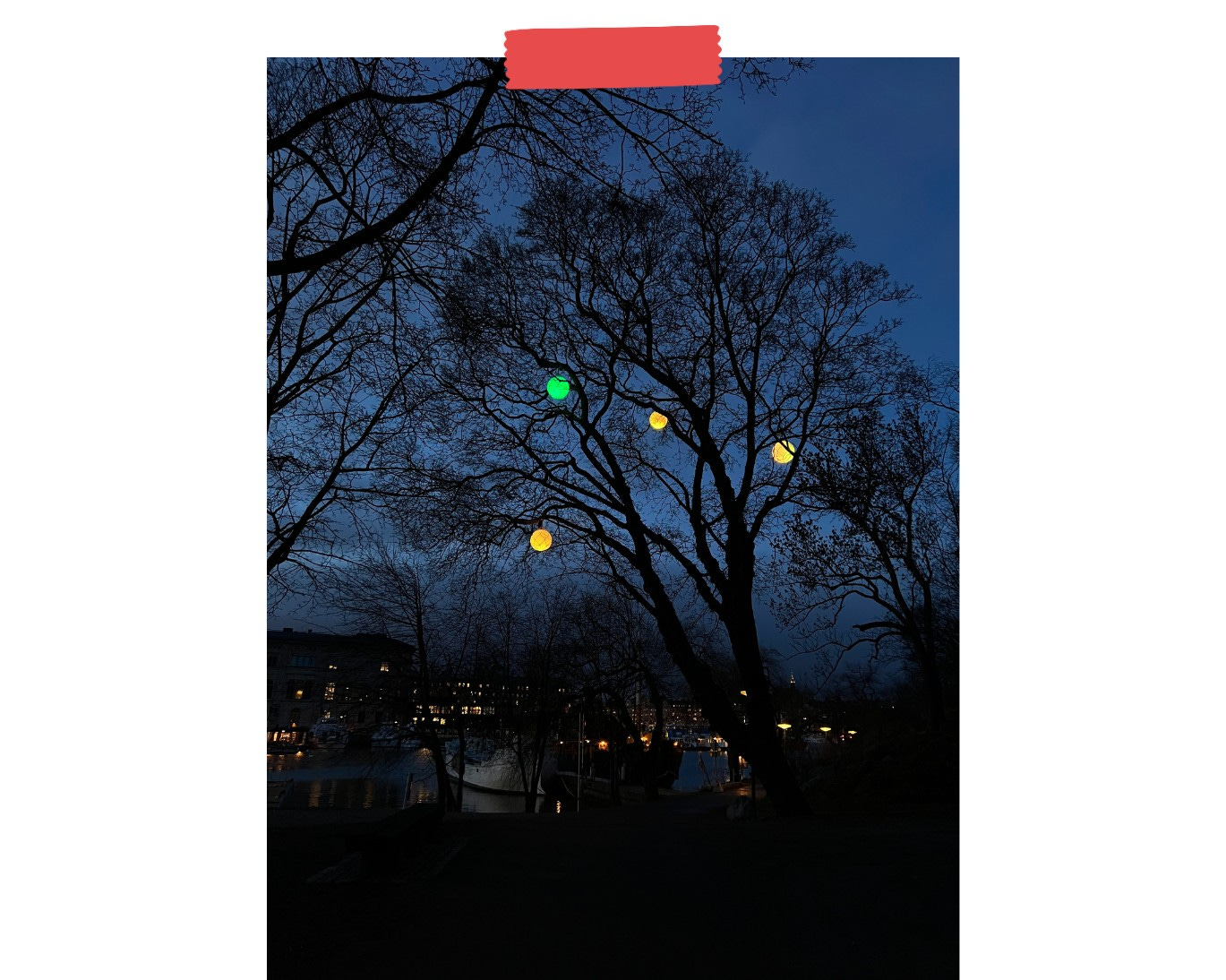

A lovely post, a beautiful guide to what I want to call human half-hibernation. You have caught the mood of the season perfectly.
This is a wonderful range of suggestions, thank you. :) And it sent my thoughts in so many new directions, as your writing always does...
Your point about how the light seems to find dust and dirt made me think of that first day of bright sunshine in spring where you curse at all the dust and launching into a shame-driven frenzy of triage-cleaning. (Last year, when I was still living in a wooden cabin here in Scotland, that first sunny day in late March was an embarrassing shock, I was disgusted at myself.) Maybe it's something about the oblique light of new spring and late autumn shining through windows at an angle that's rare during those long summer months? Dust-hunting light.
...and that makes me remember being taught about the use of the seasons in surveying and landscape photography when I was an archaeologist - how the low light's great for recording features, but the high summer is when the earth dries out enough to show where hidden features are trapping moisture, but *that* is nothing compared to the terrain shadows that appear after a decent snowfall. A full year of sunlight is a wonderful toolkit for recording a place properly.
Also, I love 9) and I've been talking about something similar with so many people recently, with "Wintering" as the catalyst of those conversations. Just how seasonal could our lives get, in all the ways, including our work? It's a nice antidote to that feeling of our lives being like walking through a city where the lights burn just as exhaustingly 24 hours a day...
I'm rambling. Should have left it at "thank you".